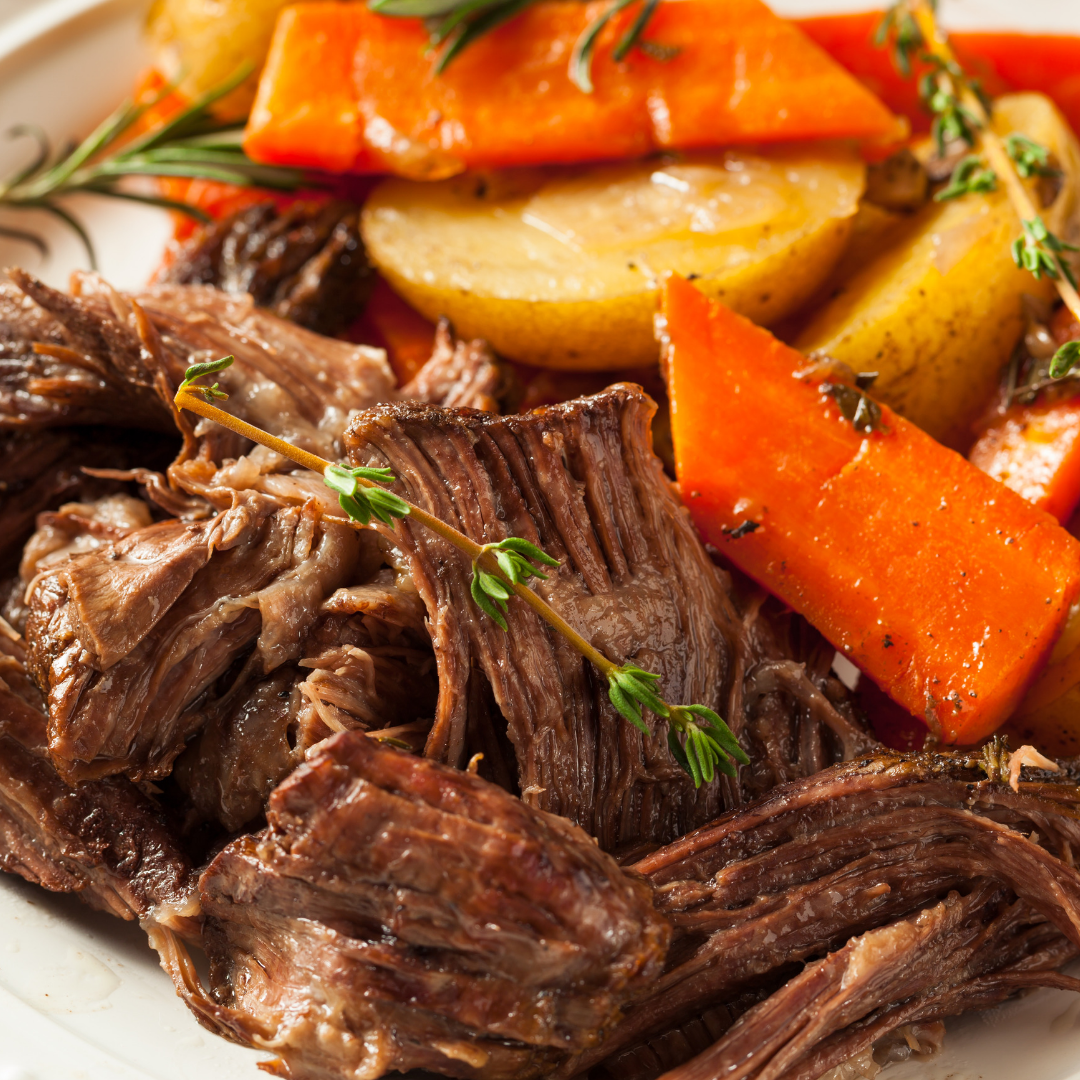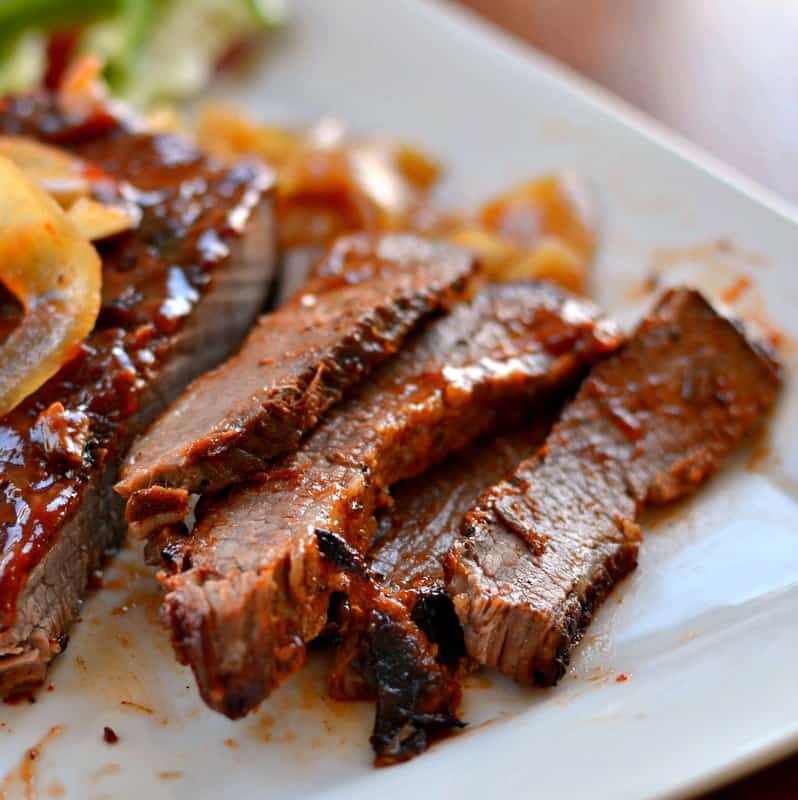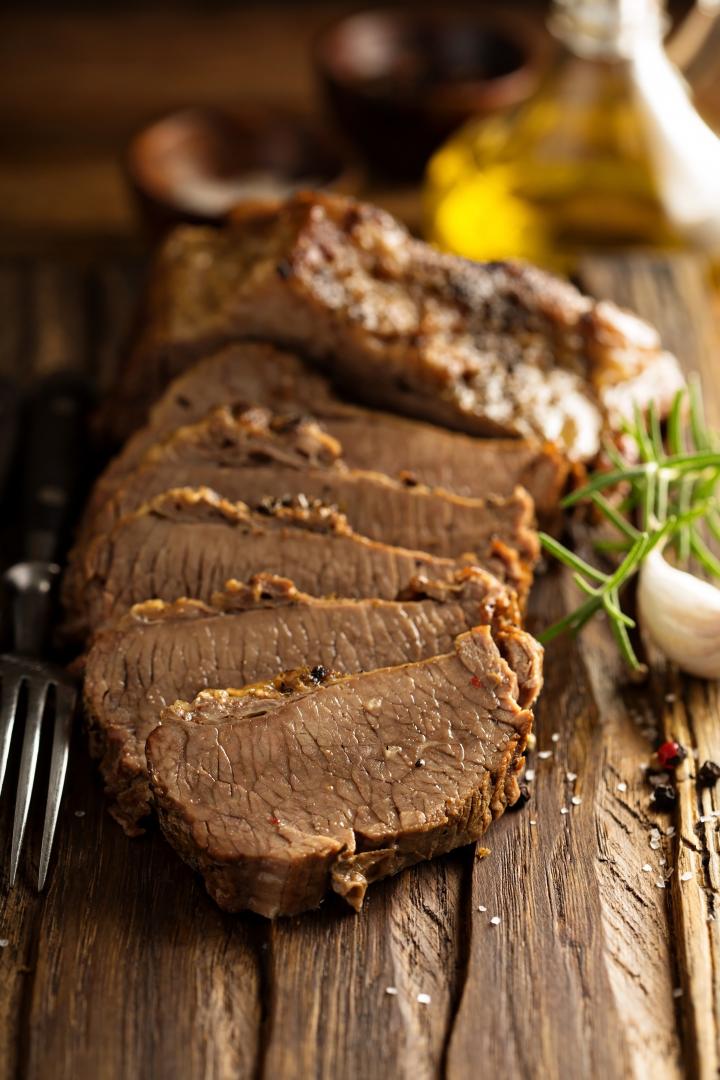Beef Brisket
Tender, Juicy, Delicious
The beef brisket is one of the nine beef primal cuts, a tough cut of meat, it yields the best results when slow cooked or braised in a slow cooker.
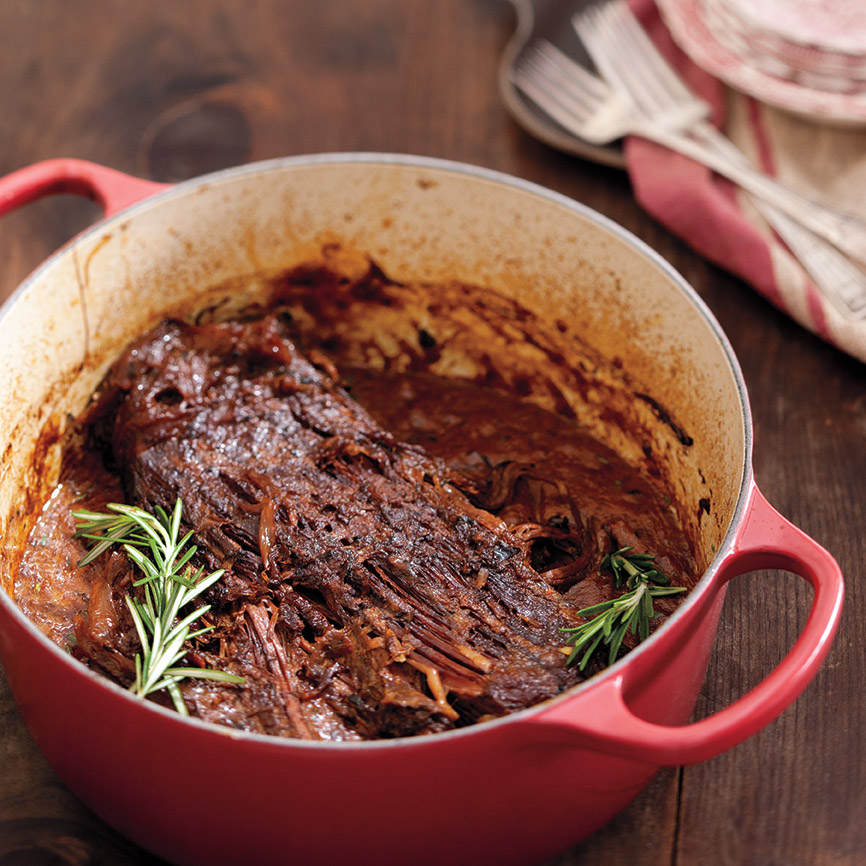
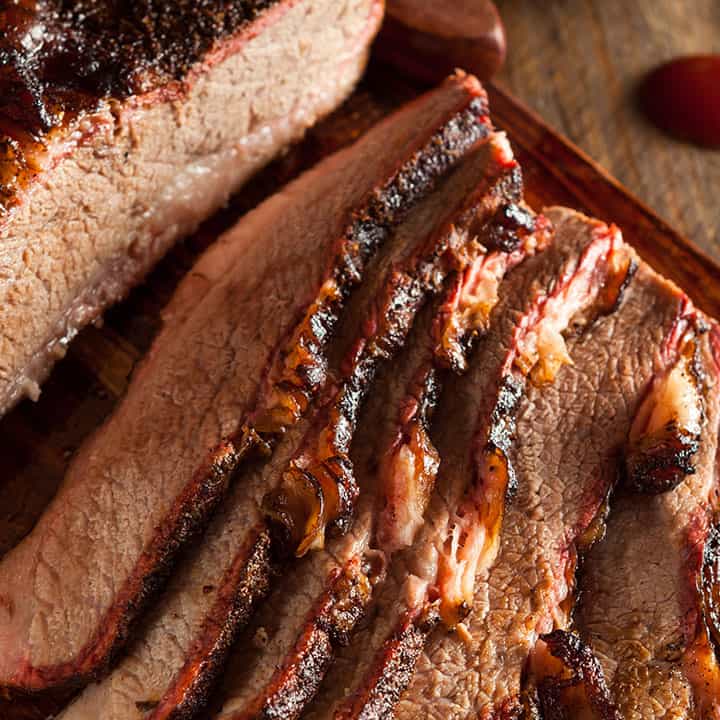
The beef brisket is one of the nine beef primal cuts, though the definition of the cut differs internationally. The brisket muscles include the superficial and deep pectorals. As cattle do not have collar bones, these muscles support about 60% of the bodyweight of standing or moving cattle. This requires a significant amount of connective tissue, so the resulting meat must be cooked correctly to tenderize it.
Brisket can be cooked in many ways, including baking, boiling, and roasting. Popular methods in the United States include rubbing with a spice rub or marinating the meat and then cooking slowly over indirect heat from charcoal or wood. The smoke from the woods and from burnt dripping juices further enhances the flavor. The finished meat is a variety of barbecue. A must try!
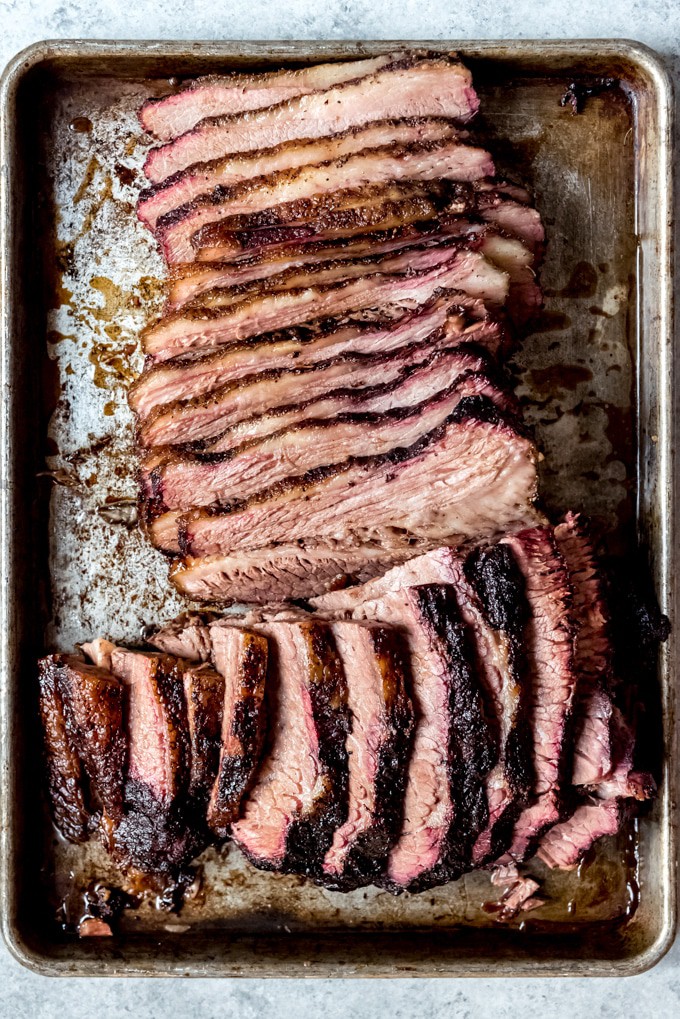
Brisket has a long history in the United States dating back to the indigenous Indians of southern Texas. Brisket is synonymous with Texas culture and has long been a standing staple for residents there.
People eat brisket all around the world. It's cooked differently everywhere, but in the United States, brisket gained fame as the largest jewel in the crown of Texas barbecue, while continuing on as the staple for many Jewish families' yearly Seders.
Ashkenazi jews have eaten brisket during Passover for a very long time and for pretty sensible reasons. Per Jewish custom, the hindquarters of the beef are not kosher, meaning that Jews have always had fewer cuts to choose from. In addition, brisket has historically been one of the more affordable cuts since it comes from a heavily worked muscle that requires a lot of time to cook. As a result, many Central and Eastern European jews ate brisket as far back as the 1700s, especially during food-centric gatherings like Passover that require a lot of food.
During the mid to late 1800s, waves of Germans and Czechs, including many Jews, emigrated to the United States, many of whom made their way to the new state of Texas. According to Daniel Vaughn, the barbecue editor at Texas Monthly and self-described barbecue obsessive, immigrants and local ranchers started exchanging ideas during the late 1800s and early 1900s for how to smoke brisket. Since brisket was still one of the cheapest beef cuts available in Texas at the time, the largest beef-producing state in the country, there was a lot of brisket available.
Long story short, Texas had the space for the cattle. From the cattle came a ton of beef and from that huge amount of beef came brisket's popularity, since ranchers and immigrants often couldn't afford the pricier other cuts.
That's how brisket became commonplace in Texas, but it doesn't explain how its cooking methods changed. Traditional Passover brisket is cooked low and slow with a mix of root vegetables and some kind of assertive sauce (ketchup or soy sauce, usually). If you're careful and lucky, the brisket comes out moist and fork-tender. If you're not, it comes out dry and overcooked.
The Texas smoked method helps alleviate this issue. By smoking the brisket with indirect heat at a very low temperature for a very long time, the fat has more time to render and the meat more time to cook at a much slower rate. This method most likely came from native tribes in Texas and Northern Mexico, which had been smoking meat directly in the earth for a very long while by the time white settlers arrived. This all resulted in a much more delicious brisket, which required less additional seasoning, hence the simple salt and pepper rub used prominently across the state.
By the early 1900s, smoked brisket appeared on Jewish deli menus from Greenville to El Paso and then in the late 1950s, Black's Barbecue in Lockhart became the first to offer brisket exclusively on its barbecue menu. After Black's came Smitty's and then Louie Mueller Barbecue in Taylor, and the rest is delicious history.
